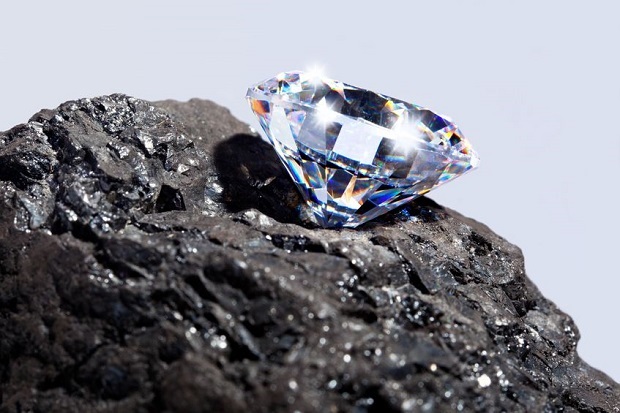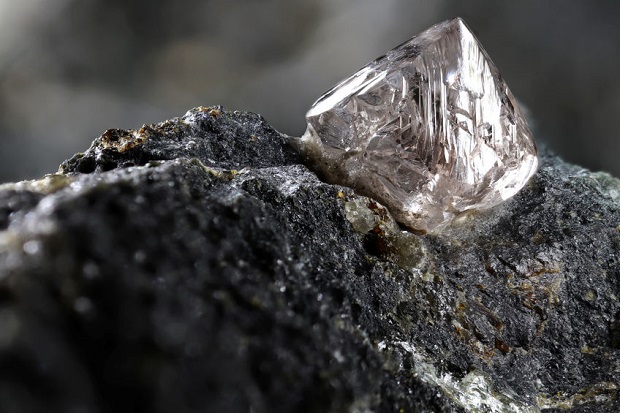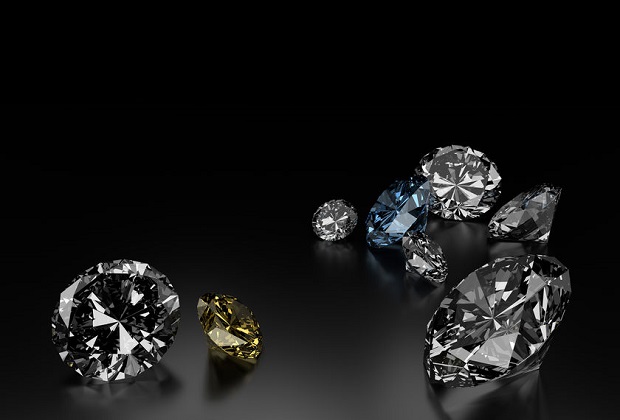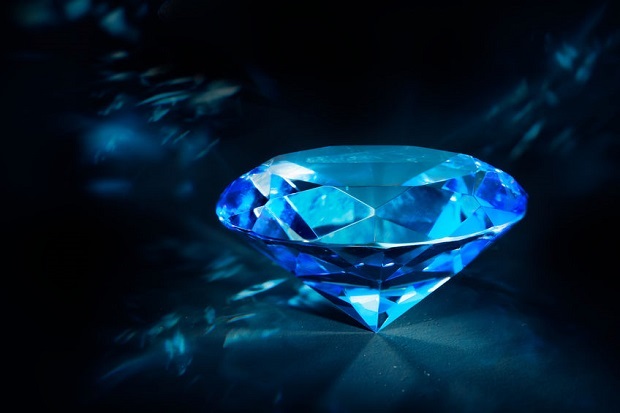
Are Diamonds Minerals?
Diamonds are minerals. Diamonds are made of pure carbon atoms that are arranged in a lattice-like crystal structure. They are the hardest substance known on Earth that occurs naturally, boasting a ten on the Moh’s scale.
Why Is a Diamond Classified as a Mineral?

A mineral is a naturally occurring, solid substance. It is neither vegetable nor animal and is inorganic or is a derivative of an organic substance, such as coal. A mineral has a definite crystalline structure, chemical composition, color, and hardness. Diamonds are minerals. [1]
Diamond Characteristics

Scratch Hardness: The diamond is the hardest mineral on Earth, assigned a ten on Moh’s hardness scale. The mineral’s hardness does vary between diamonds, but even the least hard diamond is substantially harder than the mineral corundum, which sits at nine on the Moh’s scale. [2]
Anatomical Structure: The diamond’s strength is derived from its anatomical structure, the densest of any mineral. The diamond’s structure is composed of carbon. For every carbon atom within a diamond, four additional carbon atoms surround each, connected by strong covalent bonds. [3]
Melting Point: The diamond has a melting point of 3,550°C and a boiling point of 4,827°C, where the melting point denotes when the mineral will turn to liquid, and the boiling point indicates when the mineral will turn to gas. The melting point is not quite as high as carbon or amorphous, but it is substantially higher in relation to minerals such as gold. [4]
Thermal Conductivity: A mineral’s ability to transfer heat is known as thermal conductivity. Though most transparent objects are poor conductors of heat, at 23.2 W/(c*K), the diamond’s thermal conductivity is high due to its structure. This makes the diamond seem cool to the touch. [5]
Refractive Index: The refractive index measures the ability of a substance to bend or refract light. An object’s ability to refract light depends on the anatomical structure of the atoms and molecules of the object and how tightly the atoms hold the electrons. The electrons of most transparent objects, such as glass, allow light to pass right through, while diamonds have extremely high refractive abilities, making them appear to sparkle and shine. [6]
Resources
- [1] American Heritage® Dictionary of the English Language, Fifth Edition – “Mineral.“
- [2] Britannica.com – “Diamond.“
- [3] Carnegie Mellon University – The Tartan – “How Things Work: Diamonds.“
- [4][5] Arizona State University – “World of Carbon – Carbon Melting and Boiling Points.”
- [6] Britannica.com – “Refractive Index (physics)”



